Wolfgang Otto
Utilizing Large Language Models for Named Entity Recognition in Traditional Chinese Medicine against COVID-19 Literature: Comparative Study
Aug 24, 2024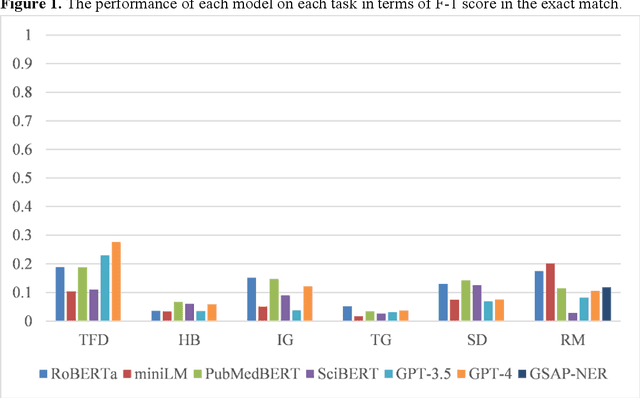
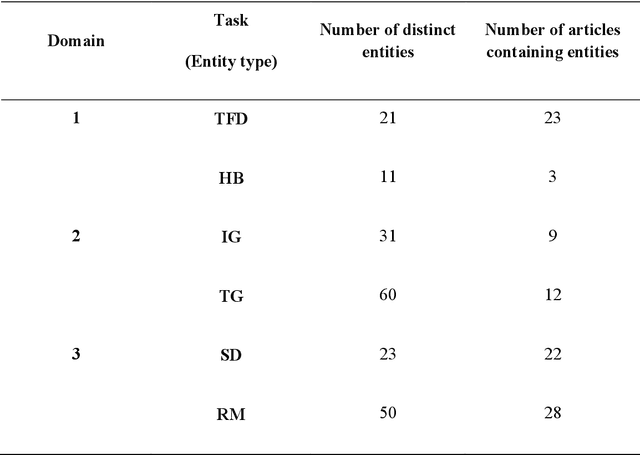
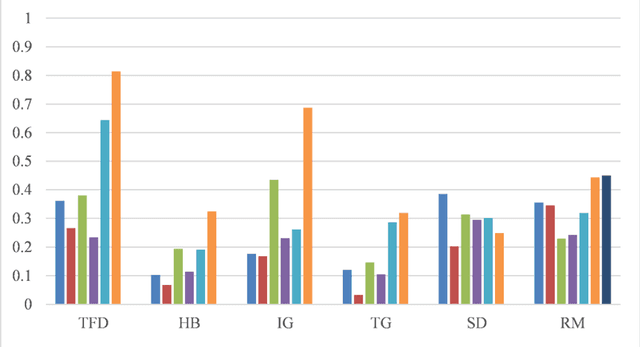

Abstract:Objective: To explore and compare the performance of ChatGPT and other state-of-the-art LLMs on domain-specific NER tasks covering different entity types and domains in TCM against COVID-19 literature. Methods: We established a dataset of 389 articles on TCM against COVID-19, and manually annotated 48 of them with 6 types of entities belonging to 3 domains as the ground truth, against which the NER performance of LLMs can be assessed. We then performed NER tasks for the 6 entity types using ChatGPT (GPT-3.5 and GPT-4) and 4 state-of-the-art BERT-based question-answering (QA) models (RoBERTa, MiniLM, PubMedBERT and SciBERT) without prior training on the specific task. A domain fine-tuned model (GSAP-NER) was also applied for a comprehensive comparison. Results: The overall performance of LLMs varied significantly in exact match and fuzzy match. In the fuzzy match, ChatGPT surpassed BERT-based QA models in 5 out of 6 tasks, while in exact match, BERT-based QA models outperformed ChatGPT in 5 out of 6 tasks but with a smaller F-1 difference. GPT-4 showed a significant advantage over other models in fuzzy match, especially on the entity type of TCM formula and the Chinese patent drug (TFD) and ingredient (IG). Although GPT-4 outperformed BERT-based models on entity type of herb, target, and research method, none of the F-1 scores exceeded 0.5. GSAP-NER, outperformed GPT-4 in terms of F-1 by a slight margin on RM. ChatGPT achieved considerably higher recalls than precisions, particularly in the fuzzy match. Conclusions: The NER performance of LLMs is highly dependent on the entity type, and their performance varies across application scenarios. ChatGPT could be a good choice for scenarios where high recall is favored. However, for knowledge acquisition in rigorous scenarios, neither ChatGPT nor BERT-based QA models are off-the-shelf tools for professional practitioners.
Toward FAIR Semantic Publishing of Research Dataset Metadata in the Open Research Knowledge Graph
Apr 12, 2024Abstract:Search engines these days can serve datasets as search results. Datasets get picked up by search technologies based on structured descriptions on their official web pages, informed by metadata ontologies such as the Dataset content type of schema.org. Despite this promotion of the content type dataset as a first-class citizen of search results, a vast proportion of datasets, particularly research datasets, still need to be made discoverable and, therefore, largely remain unused. This is due to the sheer volume of datasets released every day and the inability of metadata to reflect a dataset's content and context accurately. This work seeks to improve this situation for a specific class of datasets, namely research datasets, which are the result of research endeavors and are accompanied by a scholarly publication. We propose the ORKG-Dataset content type, a specialized branch of the Open Research Knowledge Graoh (ORKG) platform, which provides descriptive information and a semantic model for research datasets, integrating them with their accompanying scholarly publications. This work aims to establish a standardized framework for recording and reporting research datasets within the ORKG-Dataset content type. This, in turn, increases research dataset transparency on the web for their improved discoverability and applied use. In this paper, we present a proposal -- the minimum FAIR, comparable, semantic description of research datasets in terms of salient properties of their supporting publication. We design a specific application of the ORKG-Dataset semantic model based on 40 diverse research datasets on scientific information extraction.
* 8 pages, 1 figure, published in the Joint Proceedings of the Onto4FAIR 2023 Workshops
Enhancing Software Related Information Extraction with Generative Language Models through Single-Choice Question Answering
Apr 08, 2024Abstract:This paper describes our participation in the Shared Task on Software Mentions Disambiguation (SOMD), with a focus on improving relation extraction in scholarly texts through Generative Language Models (GLMs) using single-choice question-answering. The methodology prioritises the use of in-context learning capabilities of GLMs to extract software-related entities and their descriptive attributes, such as distributive information. Our approach uses Retrieval-Augmented Generation (RAG) techniques and GLMs for Named Entity Recognition (NER) and Attributive NER to identify relationships between extracted software entities, providing a structured solution for analysing software citations in academic literature. The paper provides a detailed description of our approach, demonstrating how using GLMs in a single-choice QA paradigm can greatly enhance IE methodologies. Our participation in the SOMD shared task highlights the importance of precise software citation practices and showcases our system's ability to overcome the challenges of disambiguating and extracting relationships between software mentions. This sets the groundwork for future research and development in this field.
GSAP-NER: A Novel Task, Corpus, and Baseline for Scholarly Entity Extraction Focused on Machine Learning Models and Datasets
Nov 16, 2023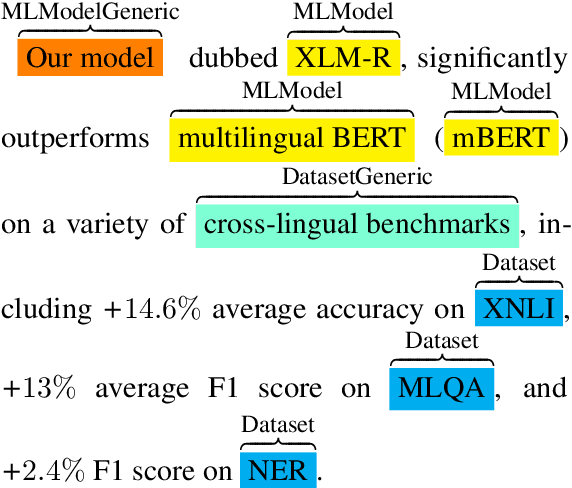
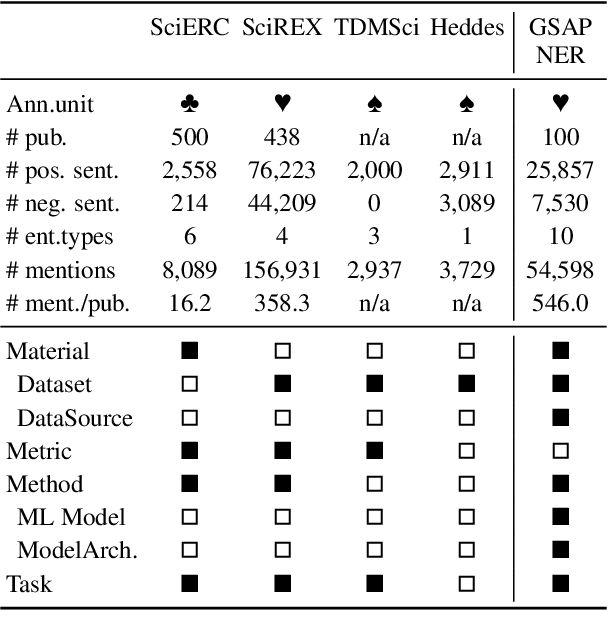
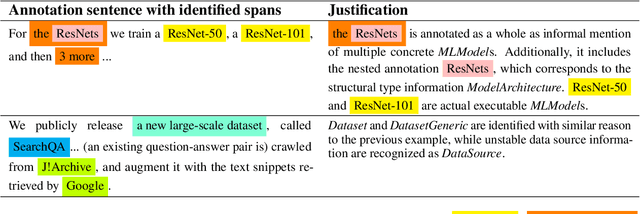
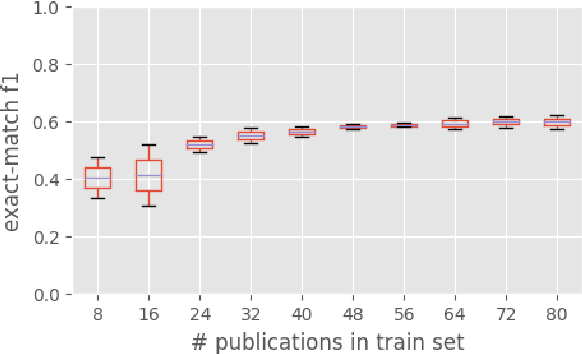
Abstract:Named Entity Recognition (NER) models play a crucial role in various NLP tasks, including information extraction (IE) and text understanding. In academic writing, references to machine learning models and datasets are fundamental components of various computer science publications and necessitate accurate models for identification. Despite the advancements in NER, existing ground truth datasets do not treat fine-grained types like ML model and model architecture as separate entity types, and consequently, baseline models cannot recognize them as such. In this paper, we release a corpus of 100 manually annotated full-text scientific publications and a first baseline model for 10 entity types centered around ML models and datasets. In order to provide a nuanced understanding of how ML models and datasets are mentioned and utilized, our dataset also contains annotations for informal mentions like "our BERT-based model" or "an image CNN". You can find the ground truth dataset and code to replicate model training at https://data.gesis.org/gsap/gsap-ner.
 Add to Chrome
Add to Chrome Add to Firefox
Add to Firefox Add to Edge
Add to Edge